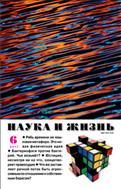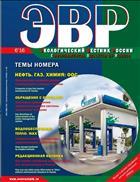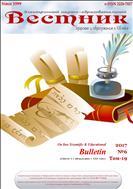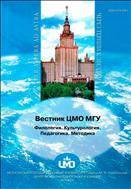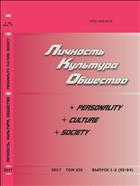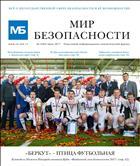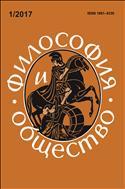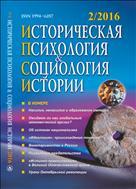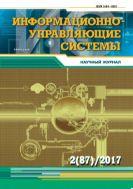Experimental determination of porosity and permeability properties of terrigenous reservoirs for creation and validation of a digital core modelExperimental determination of porosity and permeability properties of terrigenous reservoirs for creation and validation of a digital core model 
Digital core modelling is a vital task assessing original-oil-in-place. This technology can be seen as an additional tool for physical experiments capable of providing fast and efficient modelling of porous media. The objective of the paper is to determine experimentally the porosity and permeability properties of rocks and justify the possibility of using them for digital core modelling. The paper also validates feasibility of using the results of lithologic and petrographic surveys of thin sections in digital core modelling. The experimental studies of reservoir conditions allowed us to obtain curves of the dependence between the kerosene permeability of the terrigenous reservoir of the Buff Berea field and the temperature and to determine its main porosity and permeability properties. The paper also validates feasibility of applying the results of lithologic and petrographic surveys of thin sections of the reservoir to form the structure of the pore space of a digital core model by machine learning. The choice of this reservoir stems from the fact that the terrigenous sandstones of Berea Sandstone (USA) are characterised by minimal anisotropy of porosity and permeability properties, relatively high porosity and permeability, as well as uniformly sized grains of the composing rocks and good sorting. Oil industry experts therefore consider samples of these rocks to be most suitable for conducting applied research and testing various technologies. The results obtained were used to select the parameters required for modelling filtration flows in a digital model of the core. |










